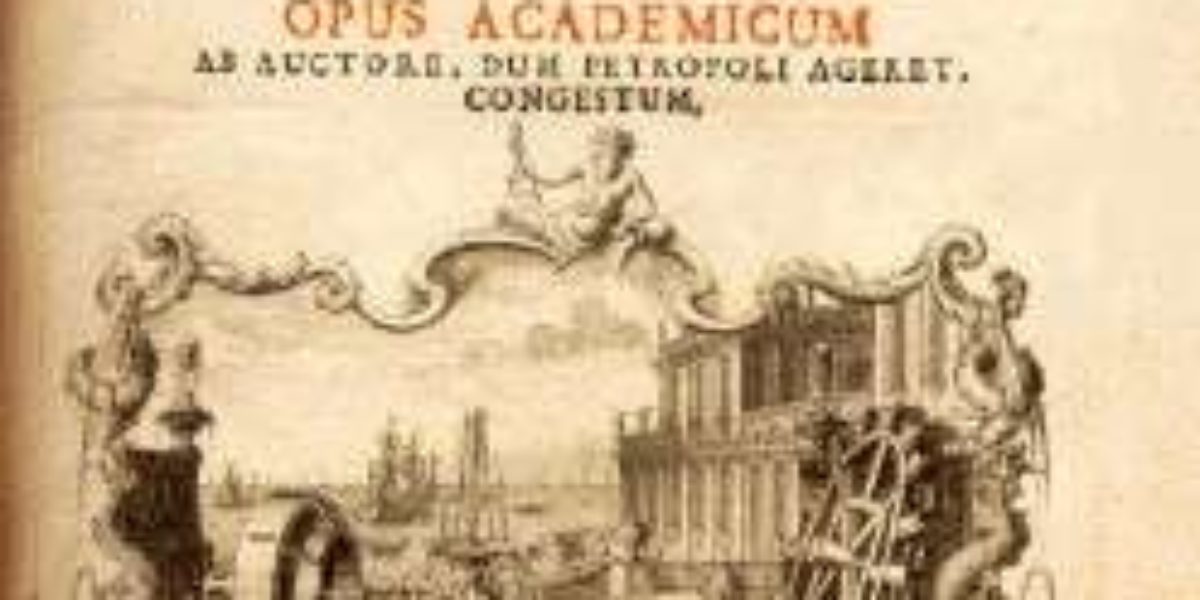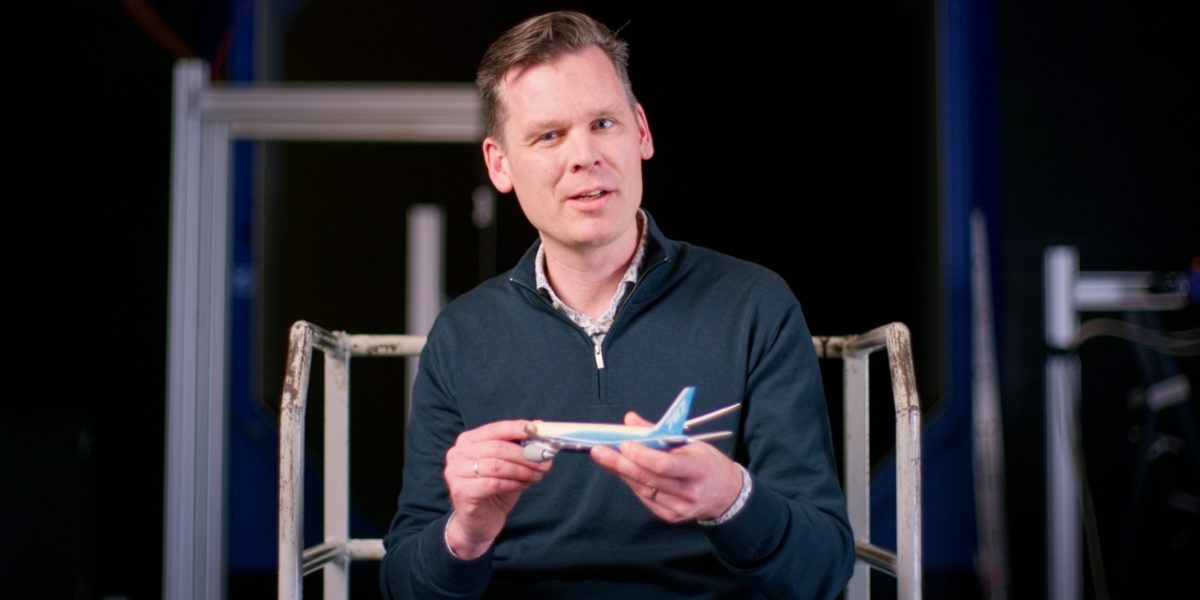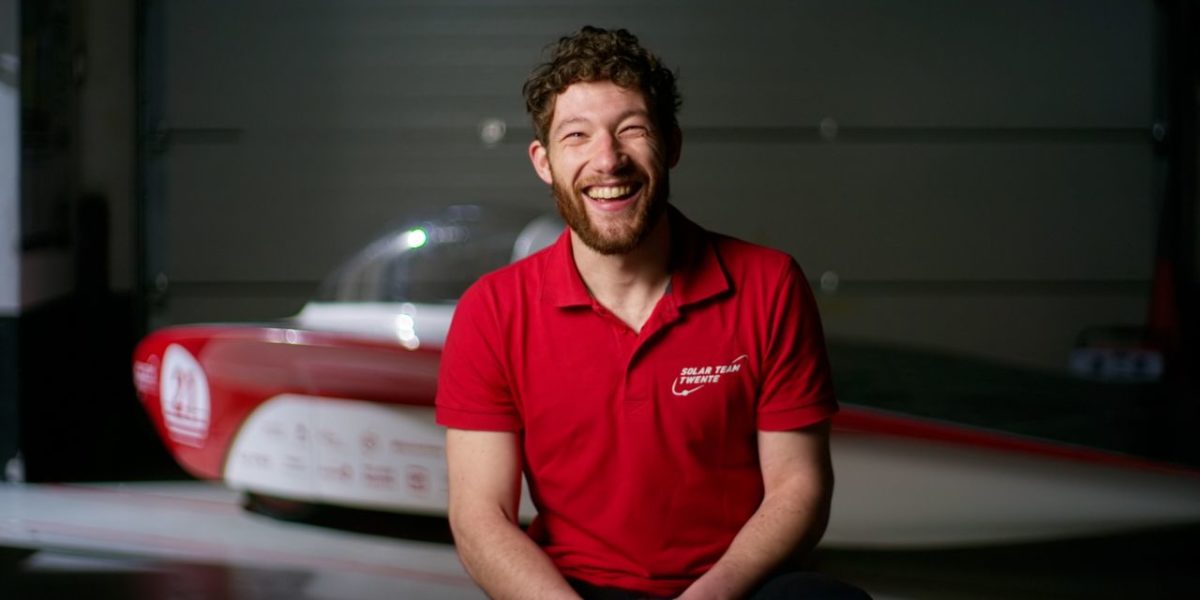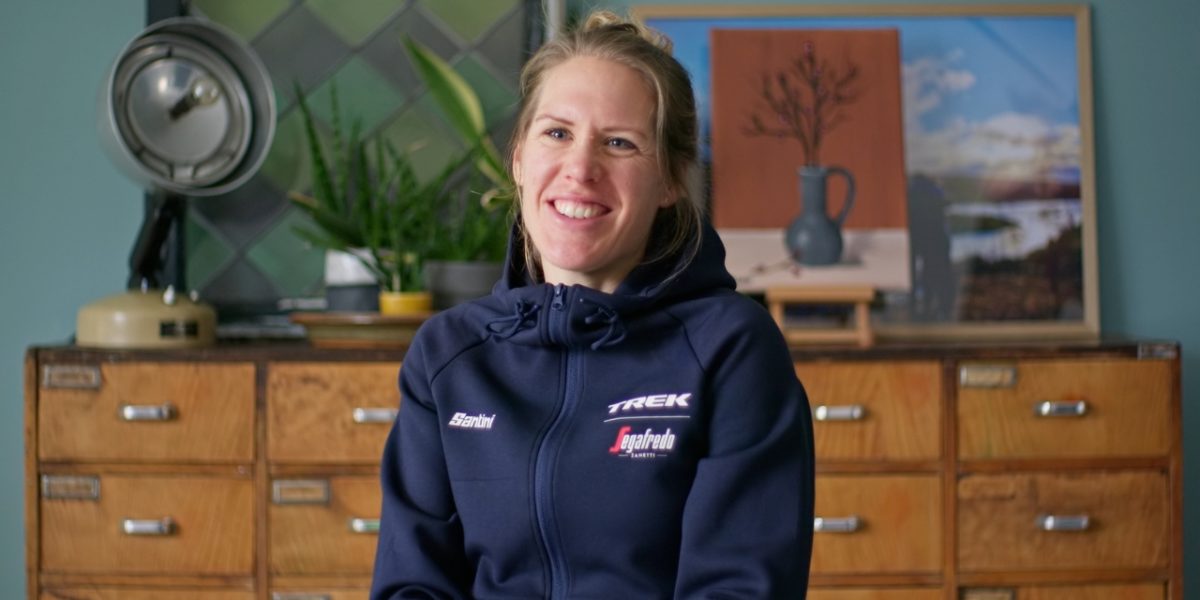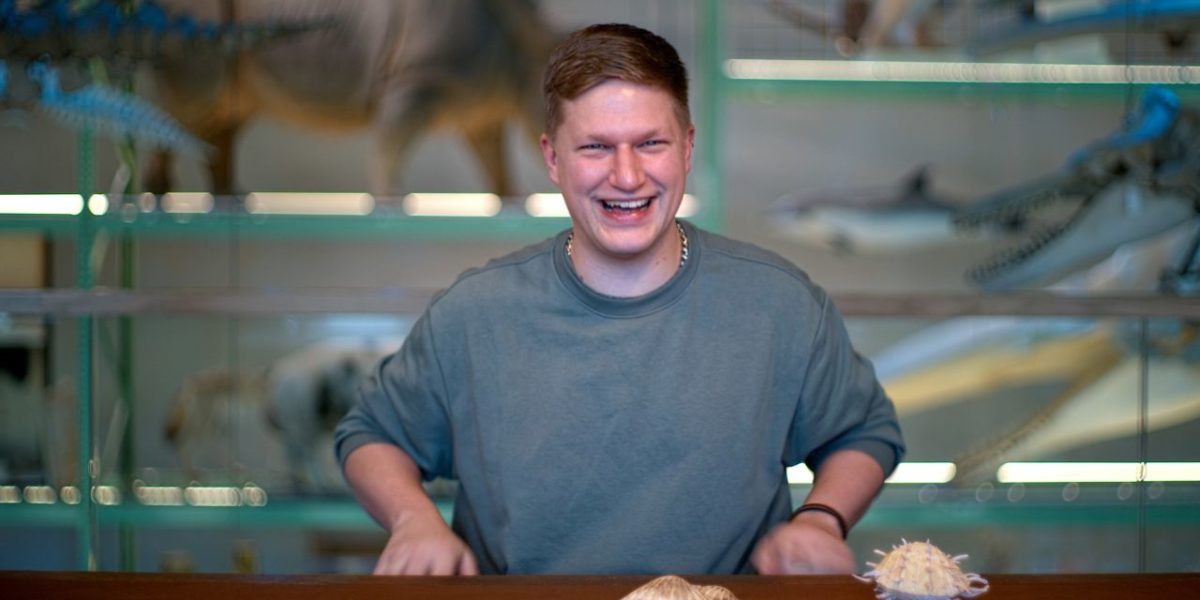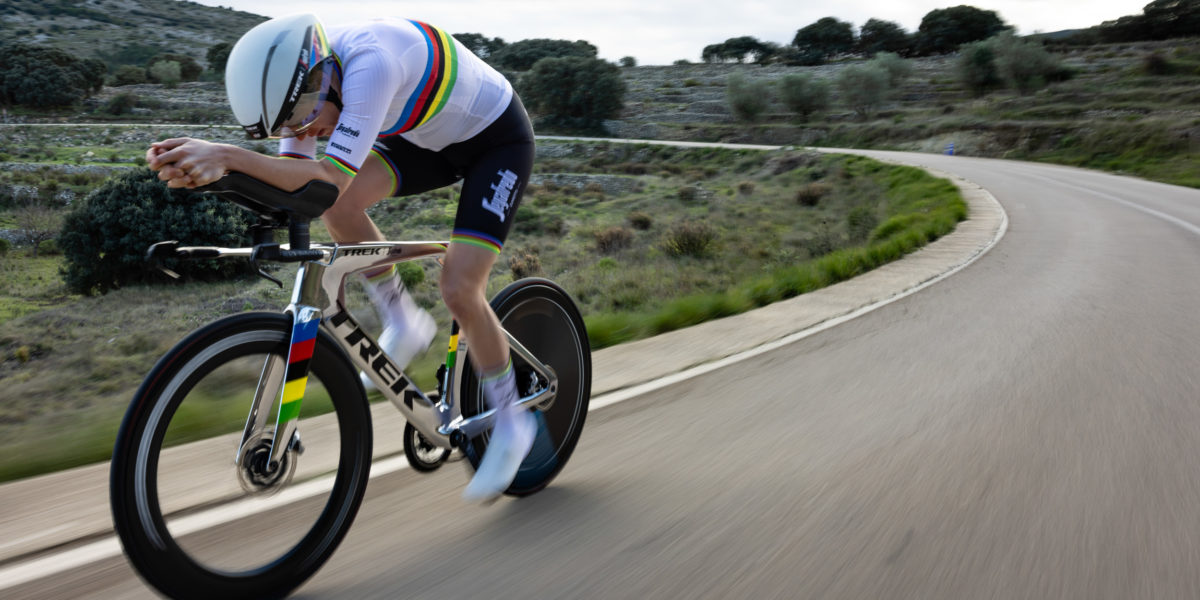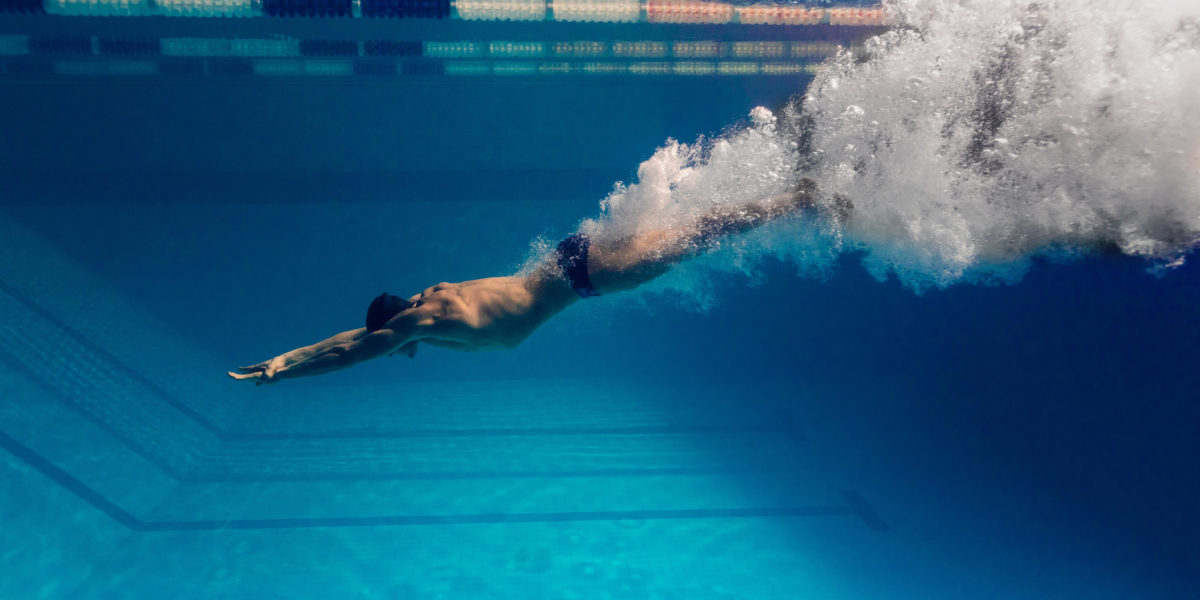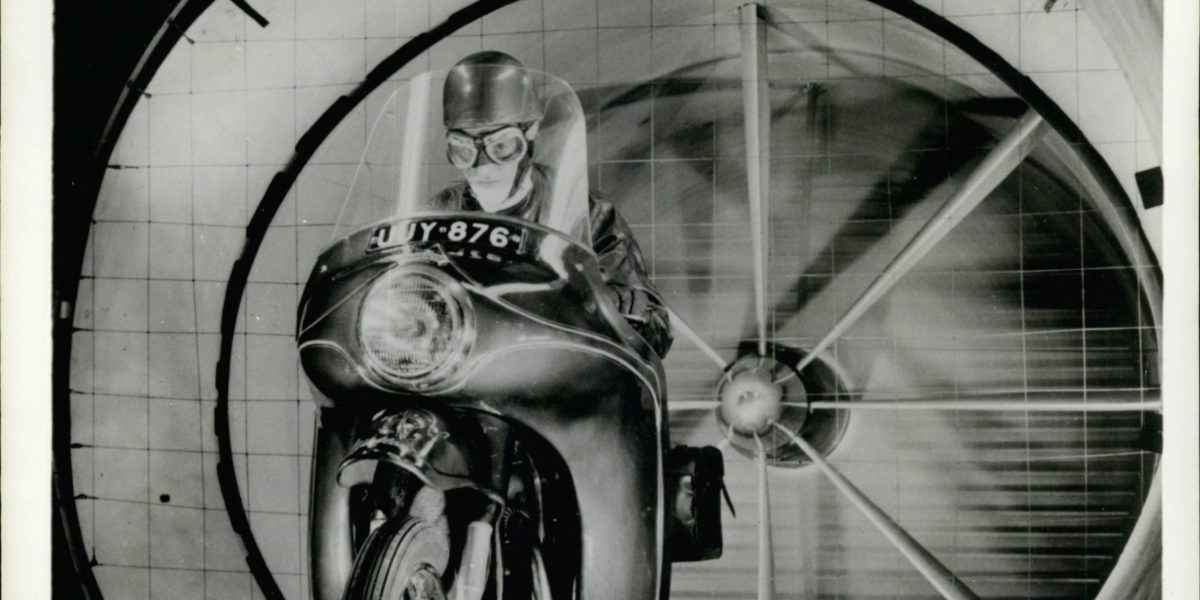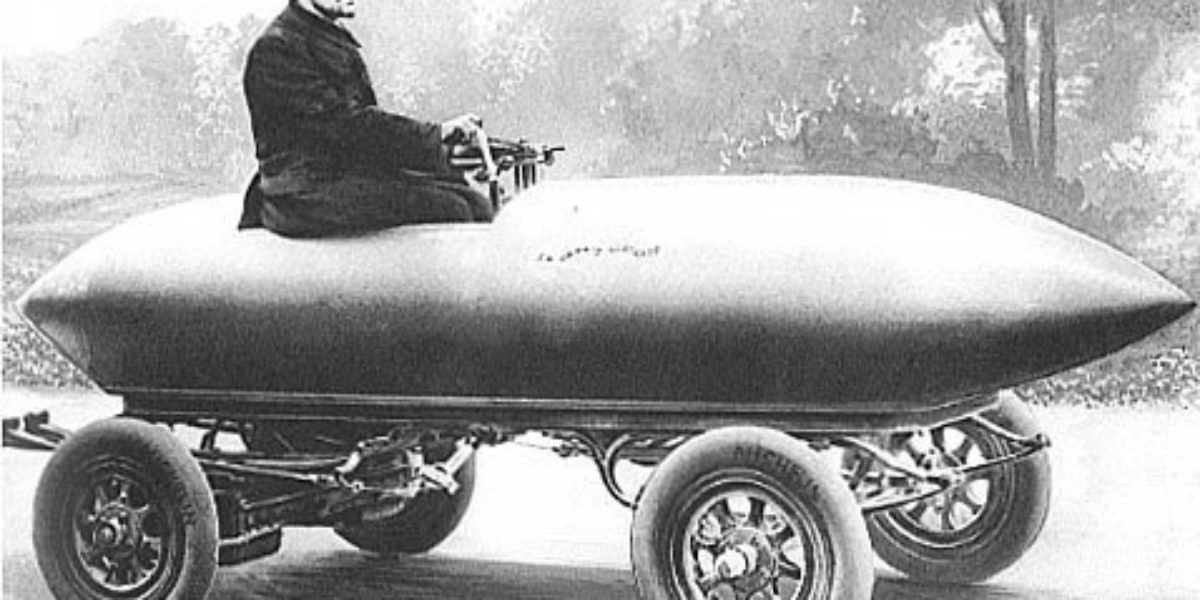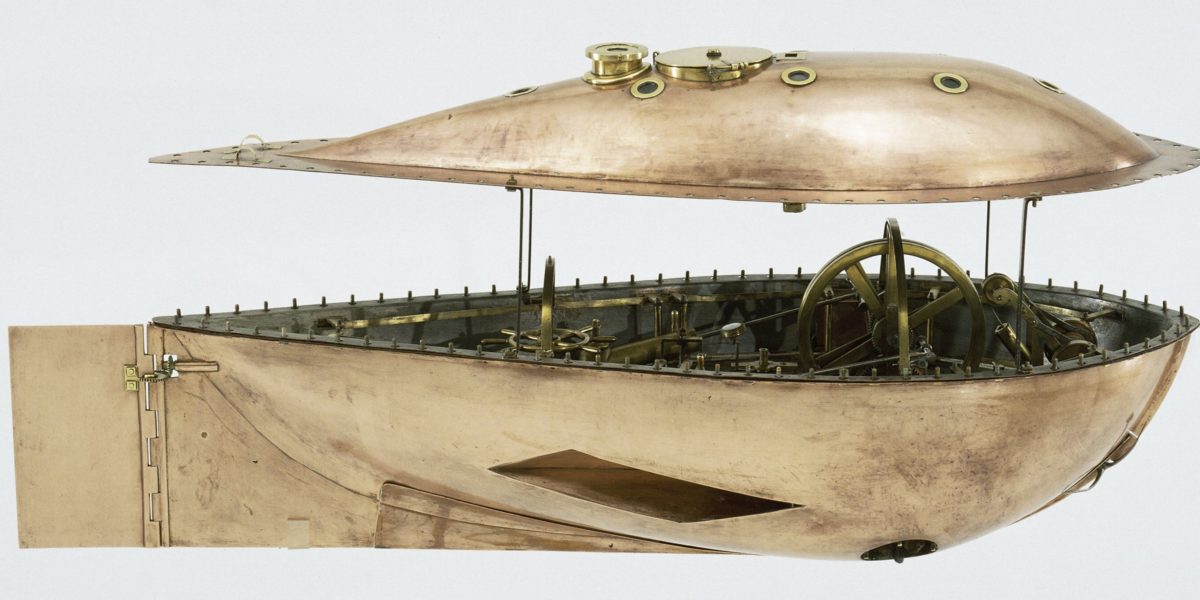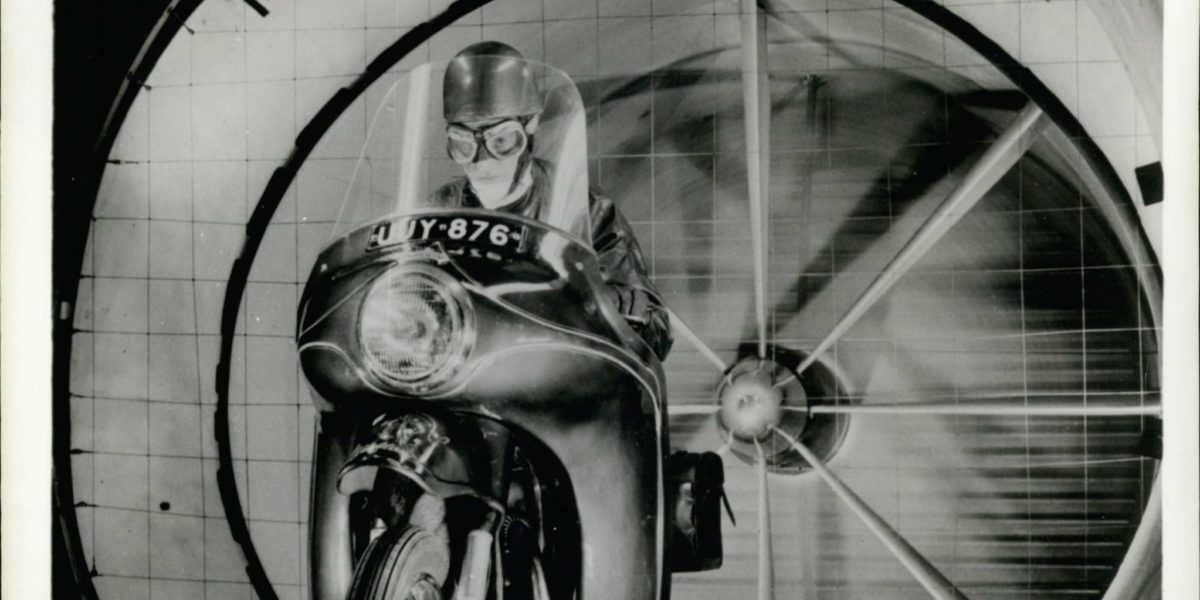In our present age of climate upheaval and fuel shortages, reducing air resistance is right back at the top of the design agenda. Streamlining pioneer Paul Jaray, who argued as far back as 1922 that cars had to be streamlined to reduce their fuel consumption, gets the last word after all.
Icons after streamlining
In the 1930s, the streamline style was new and spectacular. Today, that era’s idea of the future may seem overly optimistic to us. Yet even from the 1960s onwards, we saw new icons of
progress. Japan’s bullet train, the Shinkansen, for instance, suddenly put rail back on the map as a mode of transport for the future. The French TGV was famously inspired by it. Concorde, the streamlined aircraft that could fly faster than the speed of sound, also became world-famous.
Luigi Colani
Streamlining retains some of its symbolic power – a fact demonstrated by the spectacular and occasionally bizarre ‘biodesign’ of the eccentric German designer Luigi Colani (1928–2019). He made his name internationally in the 1970s with futuristically streamlined designs for cars, trucks, planes and trains. Many of them were never adopted on a mass scale, but they did assume an iconic status as unique visions of the future.
Which way is the wind blowing?
Transport accounts for about 21% of global greenhouse gas emissions. Proposals have thus been made from various quarters in recent years to develop the transport of the future. Aerodynamics, which can improve a vehicle’s fuel economy, plays a significant role in this. From blended wing-body aircraft to floating trains and slender solar-powered cars, the streamlined form seems to be making a comeback. Now, however, out of sheer necessity.
